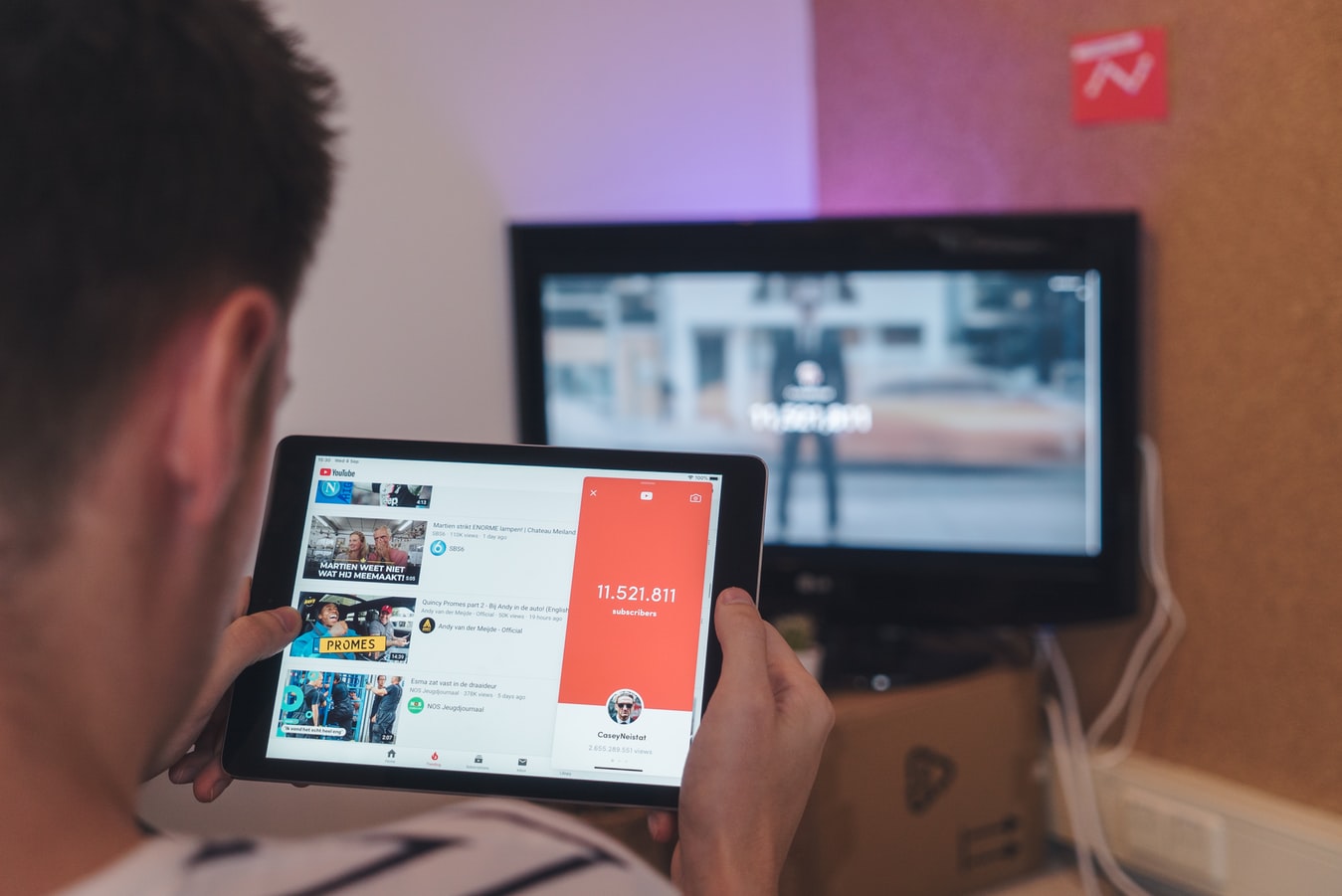Why second screens will define who becomes streaming king
SHARE
Sam Shaw
16 Sep 2019
As people up and down the UK are no doubt aware, Love Island has become the water-cooler show during British summertime – one which is set to become a twice-yearly event.
What you may be less aware of is that Love Island, and many other lifestyle shows such as the Great British Bake Off, are becoming known as ‘second-screen’ shows.
These are television shows which encourage viewers to use a second device to connect to the program they’re watching. It’s an attempt to make TV more interactive for viewers and help promote social buzz around specific programs.
As a Nielsen report from last year recently showed, US viewers are already regularly checking a second screen while watching TV.
In fact, 28 per cent of US adults said they “sometimes” use a digital device, like a phone or tablet, while watching TV – while a much larger 45 per cent use a second screen “very often” or “always.”
It’s clear, then, that there’s a huge opportunity for television producers and advertisers to take advantage of our changing viewing habits. So how does this work for shows and viewers?
The rise of second-screen shows
With so many different streaming platforms and channels vying for consumer attention in the market, the emphasis is on the content that each produces to attract new viewers.
And the producers clearly understand this; from Netflix striking a deal to set up a permanent production base at Shepperton Studios, to both Netflix and Amazon almost doubling the amount spent on British-made TV shows last year to £280m, media giants are trying to create shows which capture the public’s excitement on the same scale that Love Island, Stranger Things and The Bodyguard have previously.
Leveraging the popularity of second screens is a key way to do this. For example, football fans can now use official apps to watch goals from different camera angles, while also viewing Twitter comments and additional information about the teams and players.
Similarly, the Love Island app gives viewers the ability to vote for their favourite couple on the show, as well as access to exclusive content such as sneak peaks at the next episode and behind-the-scenes clips.
The advantage of the second screen is that it strengthens the connection between the viewer and the channel. More loyal viewers will, in turn, lead to higher advertising revenues – and retained subscriptions.
Choice & consumer expectation
Over the next six months, the number of streaming services is set to grow even further – with the arrival of both Britbox and Disney+ – presenting consumers with more choice than they ever faced on TV and cable.
It’s highly unlikely that a single platform will be able to command a majority of viewership any longer.
While price is a big consideration, it’s the content available that will ultimately make or break a potential audience, and those platforms that successfully capture the public’s second screens are more likely to succeed in the long-term.
Ultimately, consumers are going to have to make choices about which services best suit their interests and needs, and those that blend seamlessly with their watching habits are going to have the best chance of reaching the success of Netflix.

